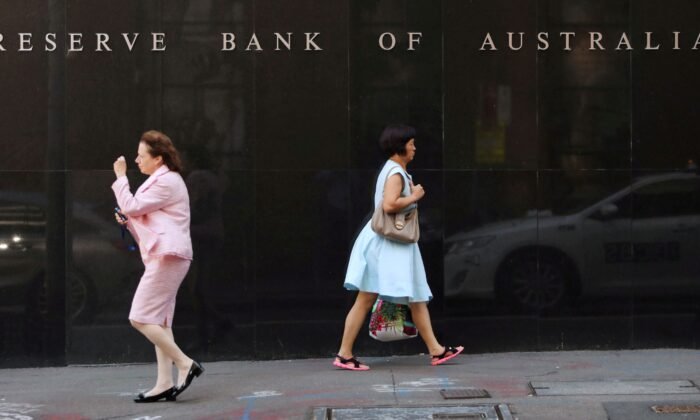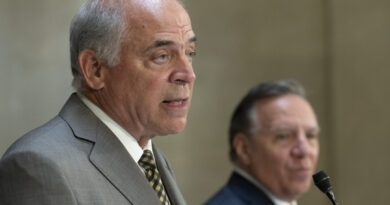Call for Reserve Bank to Adjust Policies Following US Federal Reserve’s Drastic Interest Rate Cut
An expert suggests that the Reserve Bank of Australia (RBA) should reconsider its gradual approach, as the slow pace has resulted in high inflation. In contrast, the Federal Reserve’s strategy has been successful in addressing similar issues.
Following the U.S. Federal Reserve’s decision to cut interest rates by half a percentage point on Sept. 18, financial and commodity markets experienced relief. However, this action has put pressure on the RBA to accelerate its own plans for rate relief.
Several major central banks, including those in the United States, the UK, Canada, the European Union, and New Zealand, have been reducing their key interest rates since last year. In comparison, RBA Governor Michelle Bullock recently stated that a rate cut is unlikely in the near future.
Peter Tulip, chief economist at the Centre for Independent Studies, expressed uncertainty about the impact of the U.S. Federal Reserve’s decision on the Australian market. He mentioned that the Australian yield curve has not seen significant changes yet.
He also highlighted that the U.S. Federal Reserve’s recent move may have long-term implications for Australian monetary policy.
Tulip pointed out that most central banks, including the Fed, raised rates more aggressively than the RBA, resulting in a quicker decrease in inflation. Despite this, the Australian cash rate has gradually increased from 0.1 percent in 2022 to 4.35 percent, where it has remained since November 2023.
Considering the success of the Fed’s strategy, Tulip recommended that the RBA should reconsider its current approach to rate adjustments and move away from gradualism.
Bullock, during her address on Sept. 5, reiterated that while inflation has decreased, it is premature to consider rate cuts. She emphasized the necessity of maintaining a sufficiently restrictive policy until inflation aligns with the target range.
While the U.S. Federal Reserve’s recent rate cut was its first since early 2020, the Fed had previously increased rates after reducing them to zero in response to the COVID-19 pandemic. Federal Reserve Chairman Jerome Powell highlighted that the bank’s recalibration of interest rates aims to strengthen the economy and job market.
Tulip added that the Fed’s decision to cut interest rates was not unexpected, particularly considering recent data trends in the United States. He noted that the response to decreasing core inflation and increasing unemployment followed standard practice.





